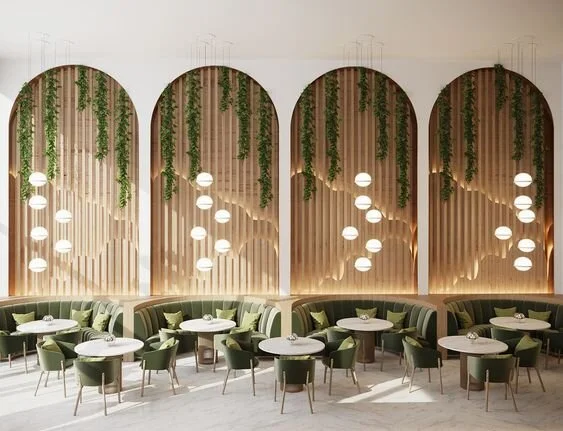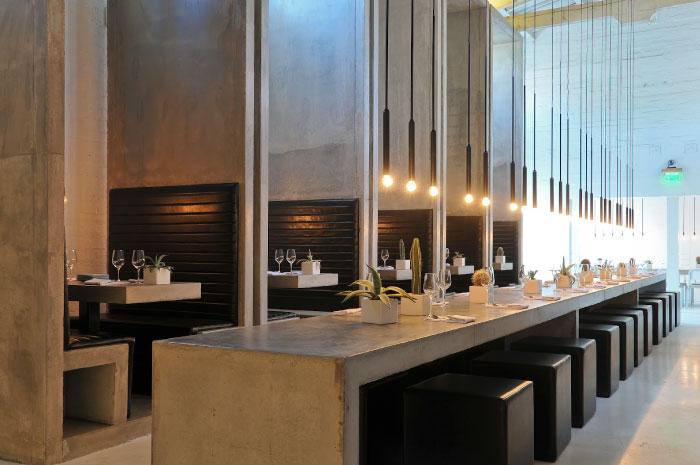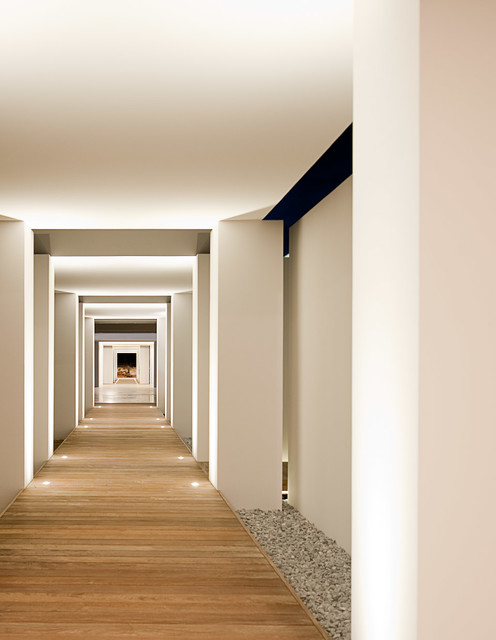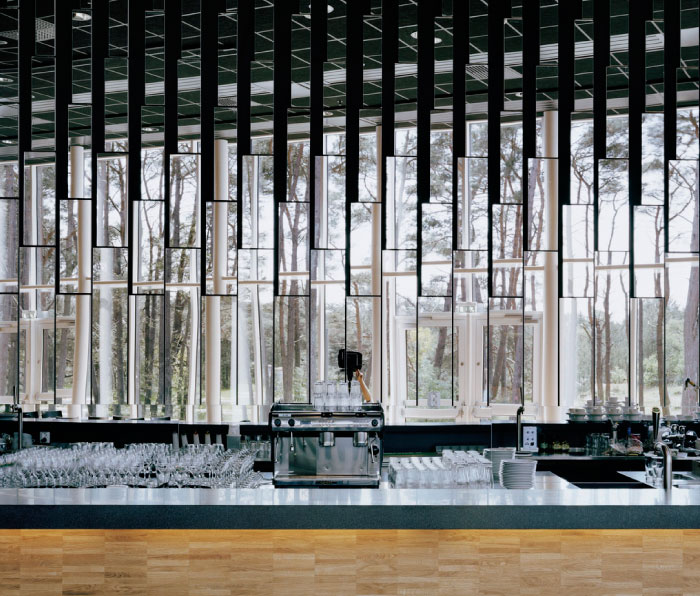The principles of interior design are balance emphasis rhythm proportion and scale and harmony and unity. Design ElementsThe elements discussed here are used by artisans of all types painters sculptors photographers interior designers etc.

Diving Into The Principles Of Design Ccdg
Rugs ground the space so its important to choose the correct size.

. What is repetition color. Today we will discuss rhythm and how you create rhythm in interior design. Then take a step.
By repeating patterns shapes colour and texture or similar and complimentary pieces throughout a space you create a rhythm and visual interest. One example is establishing a rhythm by using colorful pillows. Transition Curved lines are a good example of this type of rhythm.
They have been discovered and refined over the course of history and are considered elementary and critical to all fine-art. Repetition can take the form of an exact duplication such as a pattern background image. Rhythm is defined as recurrence continuity or organized movement.
Explain that rhythm is the element of design that moves the eye from one place to another. Echo it again in the rug and another time in a painting. Repetition as the name suggests is the repetition of shapes colors forms forms and textures.
While this is the most mathematical interior design principal your eye can easily identify when something looks out of place. Transition Rhythm through transition gently leads the eye through a continuous uninterrupted flow from one area within a space to another. Emphasis in interior design is the method of using an.
Show examples if necessary. In interior design rhythm is all about repetition of design elements that help to create movement within a space. What are the 12 elements of music.
Present the teacher information on rhythm using the rhythm lecture notes and the rhythm power point presentation. Sound overtone timbre pitch amplitude duration Melody. In interior design rhythm carries the eye along a path at a pace determined by the elements that illustrate it.
Here are the five basic types of rhythm in interior design of which I will give examples of. Types of Rhythm in Interior Design. Click to see full answer.
A common example is alternating black and white pillows on a sofa. Rhythm in interior design is all about the visual repetitions of patterns. What are examples of establishing a rhythm in design.
Repetition in interior design helps in. For example you wouldnt pair a small love-seat with a large overstuffed lounge chair because it would appear disproportionate. The barajas airport by richard rogers and estudio lamela is an excellent example of rhythm achieved through repetition and progression of colour.
For example a bright bunch of flowers in a vase potted plants or the use of mirrors and artwork can make a room go from simple to splendid. In interior design rhythm is all about visual pattern repetition and rhythm is defined as continuity recurrence or organized movement. In addition to this rhythm plays an important role in interior design as it helps in how the viewer perceives the space in terms of functionality and appearance.
Rhythm is also used to establish a continuity and flow within a room. Rhythm is the final. Often be missed by the naked eye but if used wisely allow a space to come together in a visually brilliant way.
The importance of rhythm in interior design Rhythm is one of the basic principles in interior design and commonly used to help the eyes move around the room in an organized manner. Use opposite elements such as black and white pillows to create a rhythm.

7 Principles Of Interior Design Contrast Rhythm More Zameen Blog

What Is Rhythm In Interior Design Learn To Apply Tilen Space

Principles Of Interior Design Part 2 Rhythm

Basic Interior Design Principles Everyone Should Know Brumbaughs Fine Home Furnishings

5 Ways Rhythm Engages Your Eye

What Is Rhythm In Interior Design Learn To Apply Tilen Space

How Does Rhythm In Design Engage Your Eyes Your Own Unique Decor

0 comments
Post a Comment